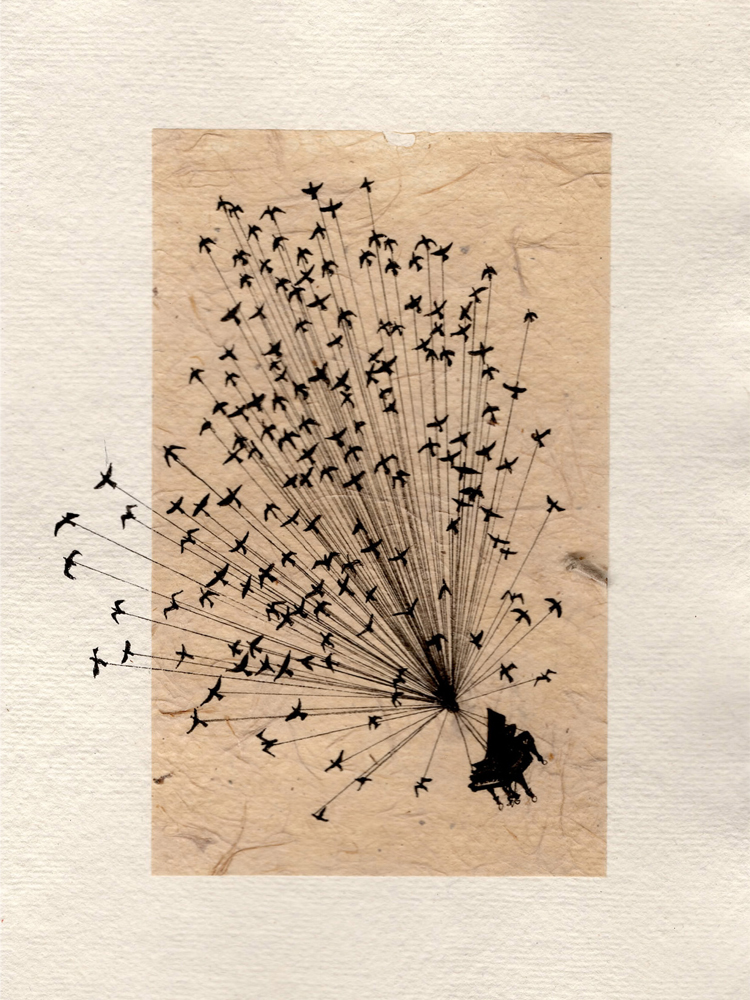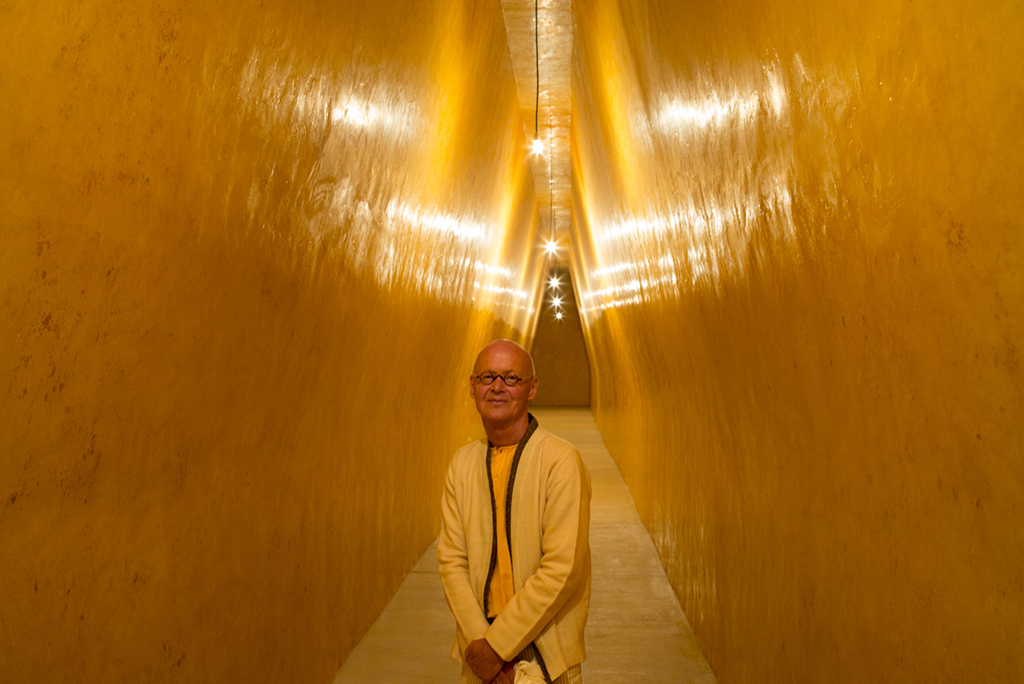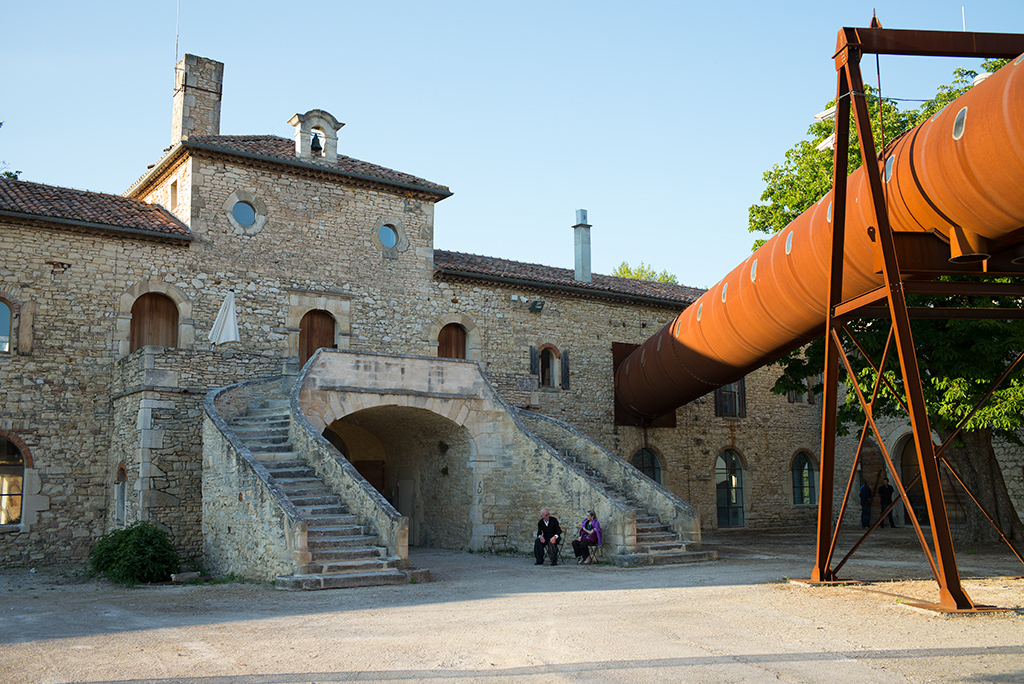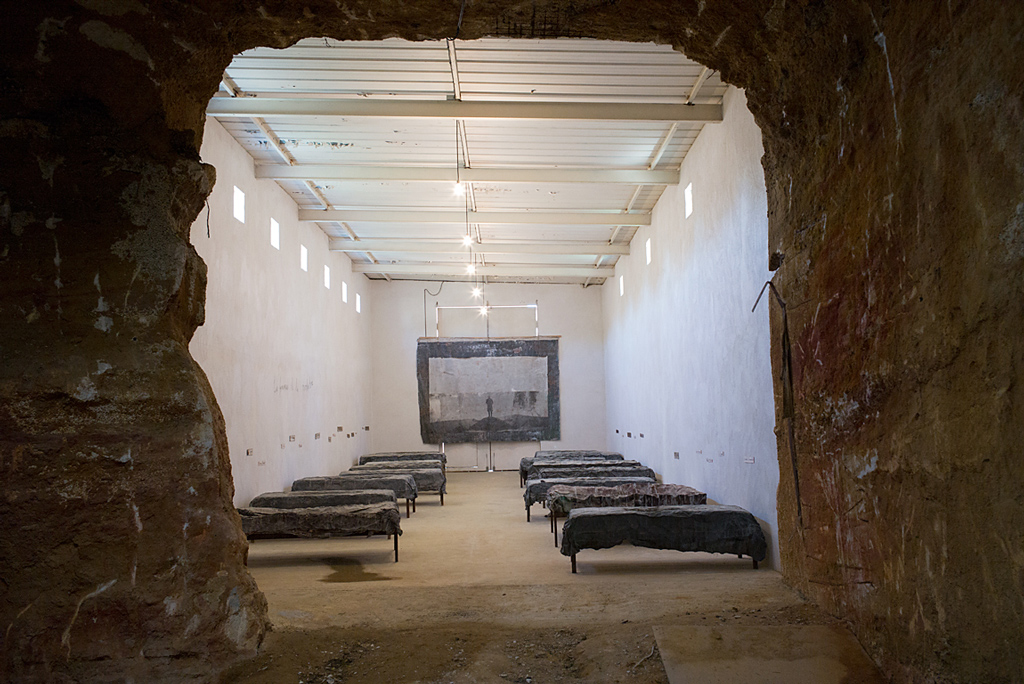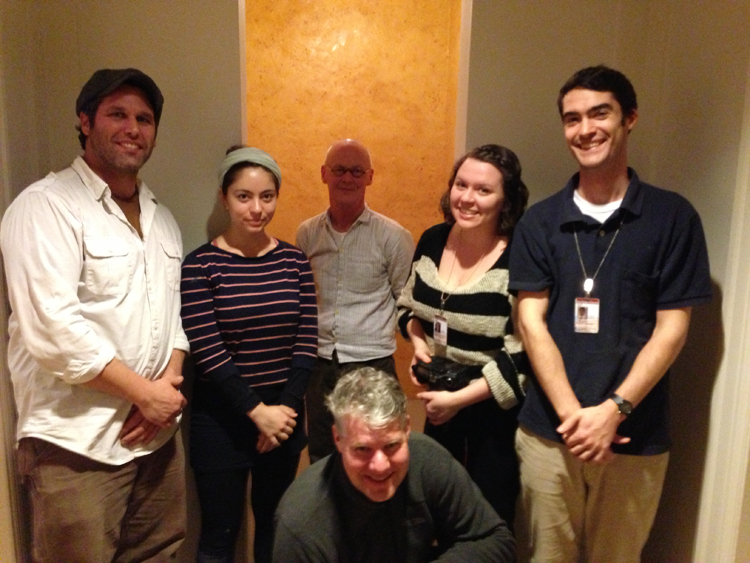In this series, Assistant to the Education Department Emily Bray profiles participants in the 2014 James McLaughlin Memorial Staff Show.
Emily Francisco is a sculptress specializing in the creation of interactive objects that generate sound. Born in Honolulu, raised in an isolated mid-western town, educated in Saint Louis and the District of Columbia—she is a former Artist in Residence at Artisphere, and will be in Residence at Montgomery College starting in January of 2015. She kicked off Flashpoint Gallery’s 2014-2015 season with a solo exhibition titled Something Slightly Familiar, and lectured at the Smithsonian Museum of American Art as part of the Luce Foundation Center’s Art + Coffee Series. She was also a Visiting Artist and Guest Lecturer at Webster University in Saint Louis as part of the Sculpture City 2014 initiative. Emily recently participated in Transformer Gallery’s Exercises for Emerging Artists Program, contributing work for the Coda of Fermata, the region’s largest exhibition dedicated entirely to sound. She currently lives and works in the DC area.
What do you do at The Phillips Collection? Are there any unique/interesting parts about your job that most people might not know about?
I am a Museum and Audio Visual Assistant. When I am not guarding the collection or setting up audio and visual technical support for events, I am working on digitizing the media archives within the museum’s library.
Who is/are your favorite artist/artists in the collection?
As a sculptress and installation artist, I always root for the object/environment makers. While I enjoy the museum’s collection of Calder mobiles and various bronze sculptures, the Laib Wax Room is my favorite part of the collection. Although Bernardi Roig’s Intersections pieces are not part of the permanent collection, I will be sad to see them all go, especially An Illuminated Head for Blinky P. (The Gun).
What is your favorite gallery/space within The Phillips Collection?
I had read a number of essays by Joseph Beuys throughout my preliminary education in art, so I was naturally drawn to the Laib Wax Room when I started working for the Phillips. I visit the Wax Room during the quiet times in the galleries. The galleries located within Phillips’s original house are also some of my favorite spaces in the building.
What would you like people to know about your artwork on view in the 2014 Staff Show (i.e. subject matter, materials, process, etc)?
A widow had delivered a grand piano to my studio. She wanted her husband’s piano to become something new—I accepted the challenge. I have always considered objects to be more than what they are made of, so by accepting her husband’s piano, it felt as if I had agreed to serve as a mediator of mourning. In considering the metaphorical weight of sentimental objects, I frequently render somewhat fantastical situations. Ravens are often depicted as mediators between life and death, which is why I chose to illustrate a flock, collectively, transporting an enormous weight through the sky.
The 2014 James McLaughlin Memorial Staff Show will be on view December 16, 2014 through January 19, 2015. The show features artwork from Phillips Collection staff.

